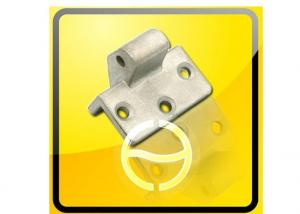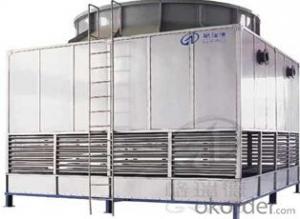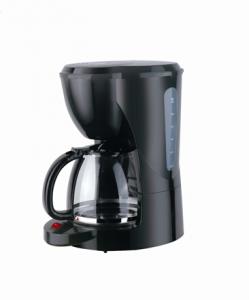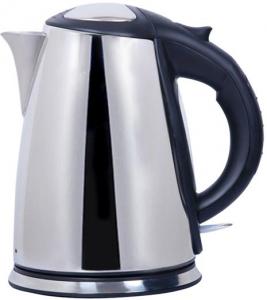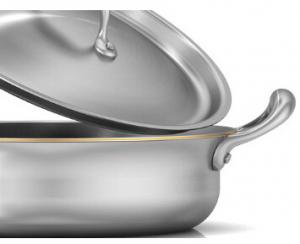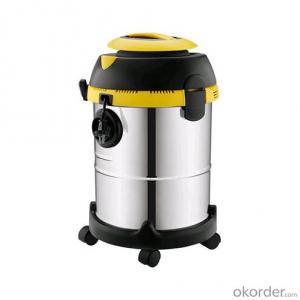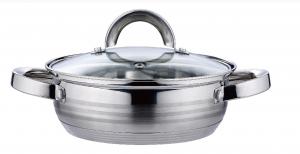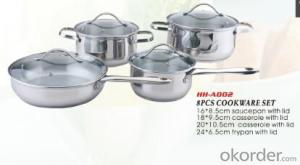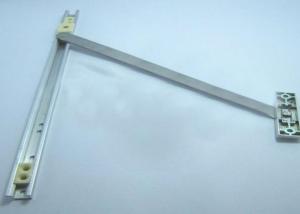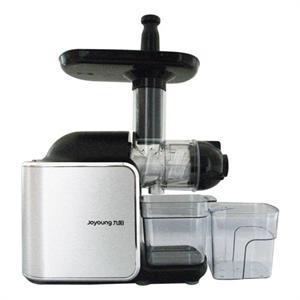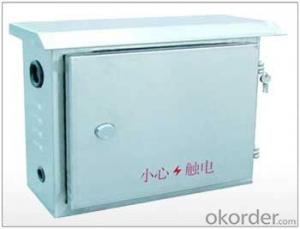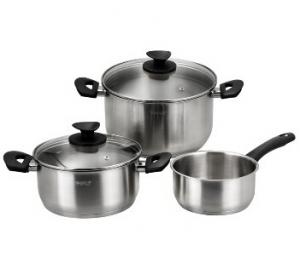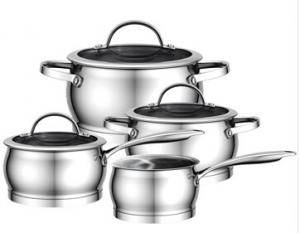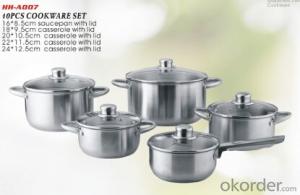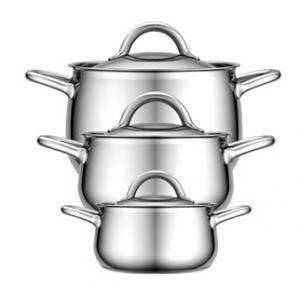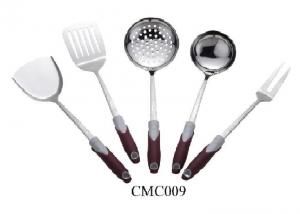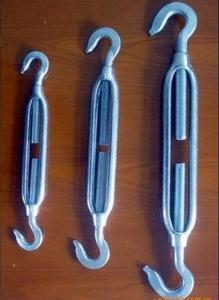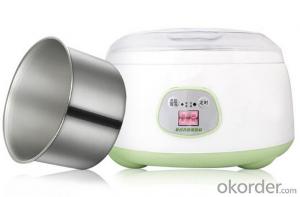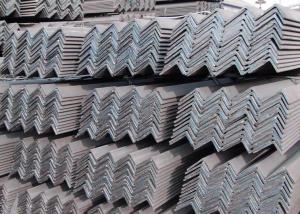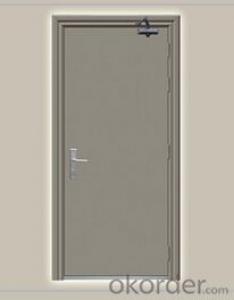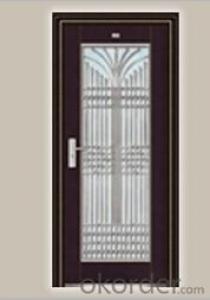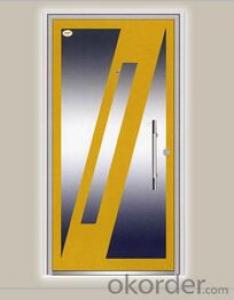Stainless Steel Lg Refrigerator
Stainless Steel Lg Refrigerator Related Searches
Stainless Steel Refrigerator Lg Lg Stainless Steel Refrigerator Lg Refrigerator Stainless Steel Stainless Steel Refrigerator Ge Stainless Steel Ge Refrigerator Ge Refrigerator Stainless Steel Ge Stainless Steel Refrigerator Stainless Steel Refrigeration Refrigerators Stainless Steel Stainless Steel Luggage Stainless Steel Radiators Stainless Steel Ice Maker Stainless Steel Refrigerator And Stove Combo Stainless Steel Storage Stainless Steel Appliance Stainless Steel Jug Tig Stainless Steel Stainless Steel Food Storage Liquid Stainless Steel Stainless Steel Cooling Rack Stainless Steel Heater Stainless Steel Keurig Stainless Steel Apliances Stainless Steel Keg Stainless Steel Storage Tank Stainless Steel Gallon Jug Stainless Steel Degreaser Kitchen Stainless Steel Stainless Steel Food Warmer G Shock Stainless SteelStainless Steel Lg Refrigerator Supplier & Manufacturer from China
Stainless Steel LG Refrigerator is a premium kitchen appliance that features a sleek and modern design, incorporating advanced technology for efficient cooling and food preservation. This refrigerator is equipped with various compartments and features that cater to the diverse storage needs of households, making it an ideal choice for those who prioritize both style and functionality in their kitchen appliances.The Stainless Steel LG Refrigerator is widely used in residential settings, providing a reliable and efficient solution for food storage and保鲜. It is particularly popular among homeowners who appreciate the combination of aesthetic appeal and practicality in their kitchen appliances. This refrigerator is also suitable for use in commercial establishments such as restaurants, hotels, and catering services, where maintaining the freshness of food is crucial for business operations.
Okorder.com is a leading wholesale supplier of Stainless Steel LG Refrigerator, boasting a large inventory that caters to the needs of various customers. By partnering with Okorder.com, buyers can expect to receive high-quality products at competitive prices, along with excellent customer service and support. This makes Okorder.com the go-to platform for those seeking to purchase Stainless Steel LG Refrigerator in bulk for their personal or business needs.



